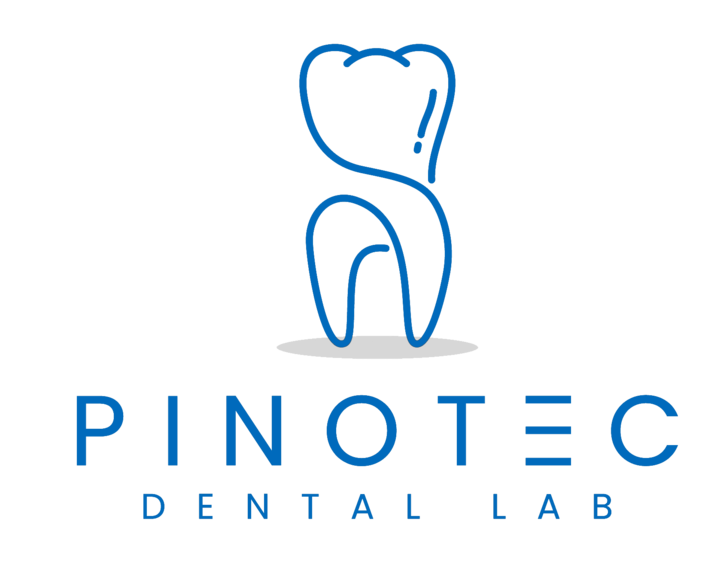Porcelain-Fused-to-Metal (PFM) is a dental restoration material that combines the strength of a metal substructure with the aesthetics of porcelain. It has been a popular choice for crowns, bridges, and other dental restorations for decades, offering both durability and a lifelike appearance.
Advantages of Porcelain-Fused-to-Metal (PFM)
- Strength and Durability:
- The metal substructure provides excellent strength and support, making PFM restorations ideal for both anterior and posterior teeth.
- Aesthetics:
- The porcelain layer is carefully crafted to match the natural color and translucency of teeth, offering a more lifelike appearance compared to all-metal restorations.
Disadvantages of Porcelain-Fused-to-Metal (PFM)
- Visibility of Metal:
- The biggest aesthetic drawback of PFM restorations is the potential visibility of the metal at the gum line, especially for anterior restorations. This can cause a dark line to appear around the crown, particularly in patients with receding gums.
- This is more of an issue with metal alloys that are not highly aesthetic (e.g., gold-colored metal) compared to those that are more tooth-colored.
- Wear on Opposing Teeth:
- The metal substructure, particularly with certain alloys, can cause more wear on opposing natural teeth compared to more tooth-friendly materials like composite or porcelain.
Process of Fabrication
- Tooth Preparation:
- The tooth receiving the PFM restoration is shaped and prepared by the dentist. A small amount of tooth structure is typically removed to accommodate the metal and porcelain layers.
- Impression:
- An impression of the prepared tooth is taken, which is then sent to a dental laboratory to create the crown or bridge. Digital impressions may also be used.
- Fabrication of the Metal Core:
- The metal framework (core) is fabricated in the laboratory based on the impression. This metal core provides the foundation for the restoration.
- Porcelain Layering:
- Once the metal core is completed, porcelain is carefully layered over it in the dental laboratory. The porcelain is fired in a furnace to bond to the metal surface.
- Final Fitting and Bonding:
- After the restoration is completed, it is returned to the dentist for fitting. Adjustments are made for fit, bite, and aesthetics.
- Once everything is perfect, the PFM restoration is permanently bonded to the tooth.
Care and Maintenance
- Avoiding Hard Foods:
- Although PFM restorations are durable, it’s still advisable to avoid biting down on hard objects (such as ice or hard candies) to prevent the porcelain from chipping or cracking.
- Regular Dental Check-ups:
- Routine dental visits are important to monitor the condition of PFM restorations. A dentist will check for any signs of wear, chipping, or damage and make necessary adjustments or repairs.
Conclusion
Porcelain-Fused-to-Metal (PFM) restorations have been a reliable and versatile option in dentistry for many years. They offer a balance between strength and aesthetics, making them ideal for both anterior and posterior restorations. The main drawbacks are the potential for a visible metal line at the gum margin and the possibility of porcelain chipping under stress. For patients who prioritize strength and durability over aesthetics in the posterior region, PFM is an excellent choice. However, for those seeking a more natural look, especially for visible areas, alternative materials like all-porcelain or zirconia might be preferable.


